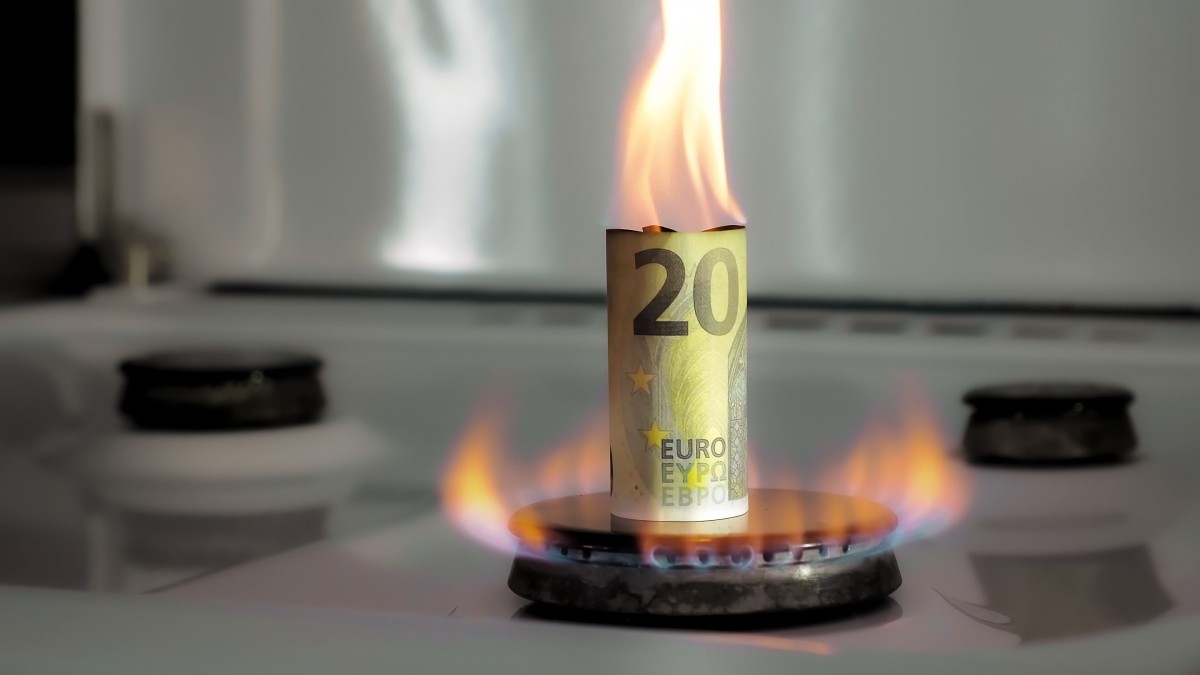EU Agrees On Gas Price Cap

Higher cap, smaller impact
The new cap is above the current price of around 110 euros per megawatt hour, but still below the highs seen back in August. The decision follows months of disputes and divisions in the bloc with the gas market correction mechanism set to apply for one year from 15 February.
The higher the cap, the smaller the impact this intervention will have on the European gas market. The new cap is significantly lower than an earlier proposal of 275 euros per megawatt hour by the European Commission, which wouldn’t have prevented the spikes that the region saw earlier this year.
The TTF natural gas benchmark prices have declined in recent months to recently trade around 110 euros per megawatt hour. It briefly soared to nearly 340 euros per megawatt hour over the summer.
The new cap will only take effect if the price difference with global LNG prices is greater than 35 euros per megawatt hour. Prices would have to stay above both ceilings for three days to trigger the mechanism. Once activated, it would remain in place for at least 20 working days. It will apply to all EU gas-trading hubs, with a possibility to opt out later.
Germany supported the final deal, while Austria and the Netherlands abstained, according to the Bloomberg report. Hungary voted against the deal.
The agreement unlocks other measures to mitigate an energy crunch Europe is facing following Russia’s invasion of Ukraine, including joint gas purchases and a future new benchmark for pricing gas.
How effective these measures will be is still questionable. Capping the TTF natural gas benchmark increases the risk that we see more of the trade moving to the over-the-counter market, which will be excluded from the cap. This in turn would reduce liquidity on European natural gas exchanges and also reduce transparency in these markets.
Furthermore, the longer-term goal of setting up a new benchmark is not going to solve the issue of bottlenecks in European gas infrastructure.
At the end of the day, the only viable long-term solution for Europe is increasing supply and removing some of the bottlenecks facing the industry.
It is not a silver bullet but a powerful tool we can use when needed. -Energy Commissioner Kadri Simson
European prices set to remain elevated in 2023
We believe 2023 will be a tough year for the European natural gas market. It is unlikely the region will be able to build storage at the same pace as seen in 2022. Annual Russian gas flows will fall in the region of 60% year-on-year, even if flows remain at similar levels to what they are currently. Unfortunately, the LNG market will not be able to fully offset losses. Therefore, demand destruction will need to continue to ensure adequate supply for the 2023/24 winter. In order to see this demand destruction, prices will have to remain at elevated levels. We forecast TTF to average €175/MWh over 2023.
More By This Author:
Expect The Eurozone Labor Market To Remain Tight Despite Recession
FX Daily: Easing Into Year-End
Asia Morning Bites Mon, Dec 19
Disclaimer: This publication has been prepared by ING solely for information purposes irrespective of a particular user's means, financial situation or investment objectives. The information ...
more


